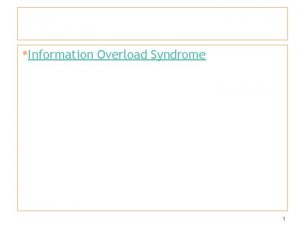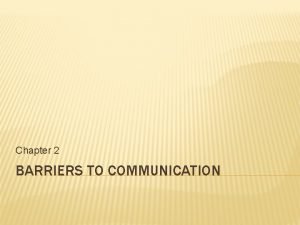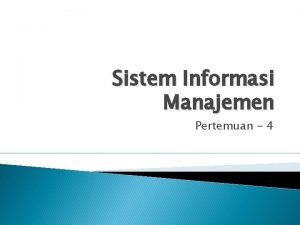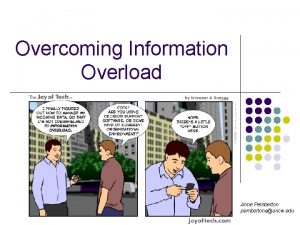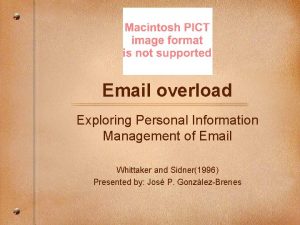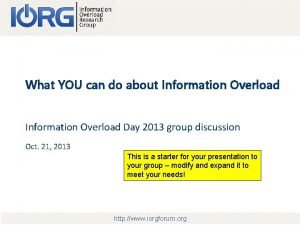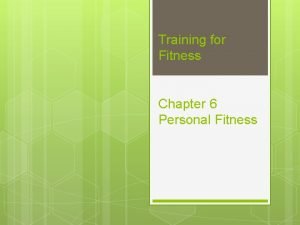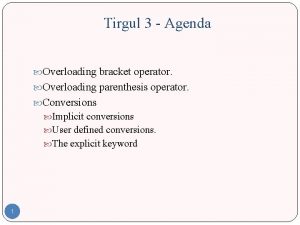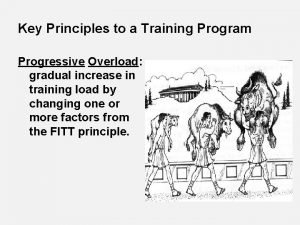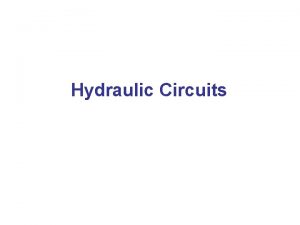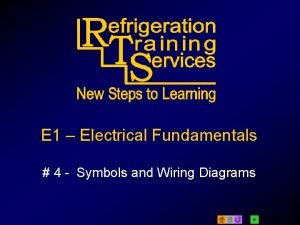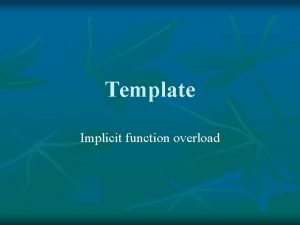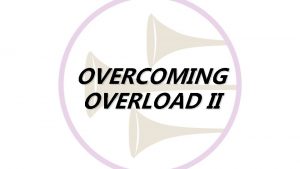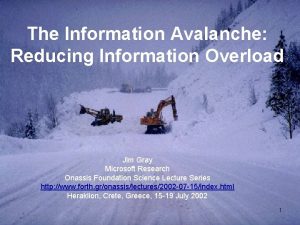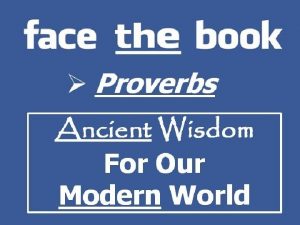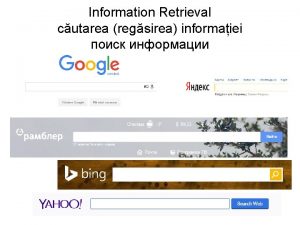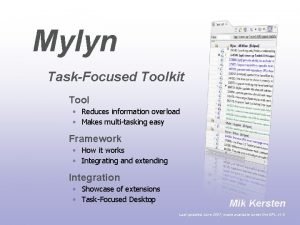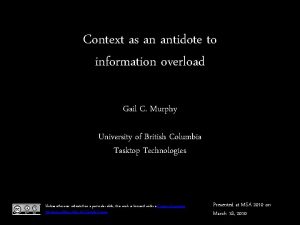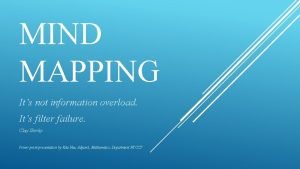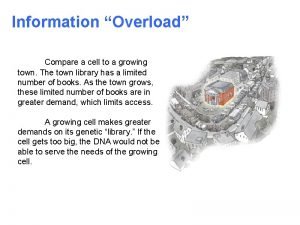Information Architecture Why IA Information Overload What is
















- Slides: 16

Information Architecture

Why IA? Information Overload

What is IA? Ø Process of organizing & presenting information in an intuitive & clear manner. →Building of information structures that facilitate discovery, understanding & use of information üEase of Use ü Ease of Learning ü Ease of Information Discovery

Ease of Use

Ease of Learning

Ease of Information Discovery

IA How? Ø Understand the Users ü Goals: • What are users trying to accomplish with the info? • What problems are users trying to solve? • What do the users need from the website? ü Tasks • What will users do to accomplish their goals? ü Characterisitcs: • What are users familiar and comfortable with (textual & visual)? • What do users know about the subjects in the website?

User Characteristics Study: Bilal, 2002 Ø Children Users ü Do not search efficiently or effectively ü Have difficulty forming queries/judging info quality → Prefer browsing ü Engage in frequent looping and backtracking with poor navigation behaviors Ø Adult Users ü Relies heavily on hyperlinks ü Relies on color, font, etc. to distinguish link types ü Preferred fewer links per display ü Used different strategies for different searching tasks

IA Components Ø Information Organization ü Arrange and structure information Ø Navigation ü Information traversal path Ø Labeling ü Destination names & road signs Ø Information Discovery ü Fulfillment of information needs ü Accommodation of information seeking behavior

IA: Information Organization 1. Divide the content into logical units. § e. g. , time, location, topic, task, audience, etc. 2. Group information into sections and subsections. 3. Identify relationships among sections & build links. “The world can be seen as only connections, nothing else… a piece of information is really only defined by what it’s related to, and how it’s related. There really is little else to meaning. The structure is everything. ” - Tim Berners-Lee, Weaving the Web (1999)

IA: IO Examples

IA: IO Examples

IA: Navigation Ø Navigation § A page must indicate its location within the site. § Lead users to what they seek § Inform the users about what is available. Where am I? What’s here? Where can I go from here? Where have I been?

IA: Navigation Ø Types of Navigation ü Global Navigation § Persistent across a site § Access to major parts of the site ü Local Navigation § Move around the current section: e. g. , in-page navigation ü Contextual Navigation § In-line links (to anywhere) ü Supplemental Navigation § Helpers: e. g. , Sitemap, A-Z index ü Related Navigation § Related links: e. g. , See also

IA: Labeling Ø Labels should be clear and intuitive. ü Easily understood by users ü Consistent within a site ü Clearly describe what it points to → e. g. , “About Us”: background & contact info Ø Metaphors ü Shortcut to concepts ü Make users comfortable with unfamiliar ü Explain, Excite, Persuade

IA: Information Discovery Ø Do the site support different types of ID? ü Known-item, exploratory, exhaustive search ü Berry-picking model of information seeking Ø Search ü What to search ü Query structure – how to search it ü Relevance – which are important for info need? ü How to display results
 Pictures
Pictures Information overload syndrome
Information overload syndrome What are intrapersonal communication barriers
What are intrapersonal communication barriers Example of psychological noise
Example of psychological noise Information overload
Information overload Yang dimaksud dengan information overload adalah
Yang dimaksud dengan information overload adalah Uncw anne pemberton
Uncw anne pemberton Information overload
Information overload Information overload research group
Information overload research group Dont ask why why why
Dont ask why why why Overload means increased demands made on the body
Overload means increased demands made on the body C++ overload bracket operator
C++ overload bracket operator Prinsip overload
Prinsip overload Borg scale
Borg scale Series hydraulic circuit
Series hydraulic circuit Definition of environmental psychology
Definition of environmental psychology Electrical symbol for thermostat
Electrical symbol for thermostat

